
zinc sulphate monohydrate
63 - 70 Per Kilogram
5000 Kilogram (MOQ)
Brand Name : Indian
Color : White
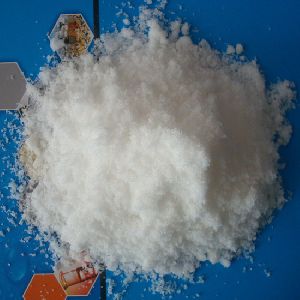
Zinc Sulphate Heptahydrate
33 - 38 Per Kilogram
500 Kilogram (MOQ)
Form : Powder

Potassium Sulphate Powder
30 - 35 Per Kilogram
100 Kilograms (MOQ)
Country of Origin : India
Grade Standard : Technical
Packaging Size : 50 Kg
Packaging Type : Bag
Form : Powder
Color : White
...more
Manganese Sulphate Powder
33 - 40 Per Kilogram
500 Kilogram (MOQ)
Packaging Type : Bag
Packaging Size : 50 Kg
Country of Origin : India
...more
Magnesium Sulphate Crystal
6 - 10 Per Kilogram
500 Kilogram (MOQ)
Country of Origin : India
Grade : Technical
Packaging Type : Bag
...more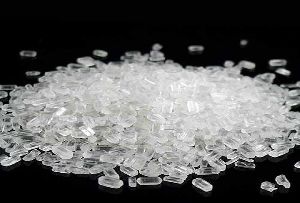
Magnesium Sulphate
6 - 10 Per Kilogram
1000 Kilograms (MOQ)
Magnesium (Mg) is an essential nutrient for plant growth. It is classified as a macronutrient, as it is needed in relatively large amounts, along with nitrogen, phosphorus, potassium, calcium and sulfur. It plays an important part in the formation of chloroplasts and photosynthesis in plants, and in animal nutrition. The magnesium in these products is readily available for plant uptake. They can be used to provide supplementary magnesium in high value horticultural crops, and where a quick response is required during the growing season to correct magnesium deficiency. Magnesium Sulphate (Mg) is applied dry to the soil, while Epsom Salts is generally applied in solution, e.g. in fertigation programs and foliar sprays. A typical rate at which Magnesium Sulphate (Mg) is applied to the soil is 100 – 150 kg/ha /annum. Magnesium Sulphate (Mg) typically contains 9.7 % Mg and 12.9 % S. Magnesium sulfate is hygroscopic. It readily absorbs atmospheric moisture. The Critical Relative Humidity (CRH) of magnesium sulfate at 25O C is in the region of 50%. By comparison, the CRH of Urea is around 75%. Consequently, magnesium sulfate fertilizers have poor storage and handling characteristics. Blends in which Magnesium Sulphate (Mg) is used can deteriorate rapidly in quality, and must be used quickly.
Color : White
Type : Powder
Country of Origin : India
...more
Gypsum
2 - 10 Per Kilogram
1000 Kilograms (MOQ)
Gypsum (CaSO4.2H2O) is a natural mineral which is found mostly in the state of Rajasthan. Agriculture grade gypsum contains 13% S, in the plant available sulphate form. It is particularly preferred for groundnut cultivation where its Ca is also useful during pod formation.
Packaging Size : 10KG
...more
ferrous sulphate sugar crystal
7 - 9 Per Kilogram
500 Kilogram (MOQ)
Packaging Type : Bag
Packaging Details : 50kg Bag
Country of Origin : India
...more
Ferrous (Iron) Sulphate
6 - 7 Per Kilogram
1000 Kilograms (MOQ)
Ferrous (Iron) Sulphate (not the soluble chelate type) Is in a slow release form, although not as rapid-acting as iron chelate, its effects are longer-lasting. It can be mixed with compost and dug into to the soil (or applied on top of) to create a store which can last for years.The Agricultural, Lawn and Garden, and Crop Management industries use Iron Sulphate to correctiron chlorosis or deficiencies in plants and soils, to eliminate moss, to reduce alkalinity (pH), and as a trace element or micronutrient in fertilizers. It also can suppress worms and work as a turf hardener to help against disease. Iron products encourage deep greening of Crop grasses without encouraging excessive growth,
Form : Powder
...more
Copper Sulphate Powder
170 - 200 Per Kilogram
100 Kilograms (MOQ)
Color : Blue
Country of Origin : India
Packaging Type : Bag
Packaging Size : 50 Kg Bag
...more
Copper Sulphate Pentahydrate
180 - 200 Per Kilogram
100 Kilogram (MOQ)
Form : Powder

Copper Sulphate Crystals
180 - 200 Per Kilogram
100 Kilogram (MOQ)

Copper Sulphate Crystal
170 - 200 Per Kilogram
100 Kilograms (MOQ)
Usage/Application : Industrial
Form : Crystal
Packaging Type : Bag
Grade : Technical
Packaging Size : 50 Kg
...more
Copper Sulphate
180 - 200 Per Kilogram
1000 Kilograms (MOQ)
Copper (Cu) is one of the micronutrients or trace elements that are essential for the healthy growth of plants and animals. In India, deficiency occurs less commonly in crops than does zinc, but more often than iron or manganese. Deficiency most commonly occurs on sandy soils, particularly if low in organic matter. Crops differ in their sensitivity to copper deficiency. Copper responsive crops include oats, wheat and lucerne, whilst potatoes and soybeans are less likely to respond. Pastures on sandy soils, and animals grazing these pastures, may also suffer from copper deficiency. Copper sulfate (CuSO4), containing 24 % Cu. Crystal grades of this product have been used in the past, for dry application to the soil. Little use is made of it in India at the present time. The fully hydrated copper sulfate pentahydrate salt is used where copper is to be applied in solution
Form : Powder
...more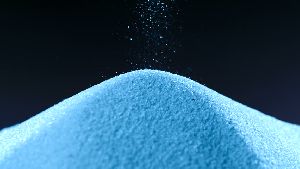
Copper Sulfate Powder
170 - 180 Per Kilogram
100 Kilogram (MOQ)
Country of Origin : India
Type : Copper Sulfate Powder
Form : Powder
Packaging Size : 50Kg
...more
Cobalt Sulphate Crystal
800 - 1,000 Per Kilogram
25 Kilograms (MOQ)
Color : Red
Usage : Industrial
Grade : Technical Grade
Purity : 99%
State : Crystal
Country of Origin : India
...more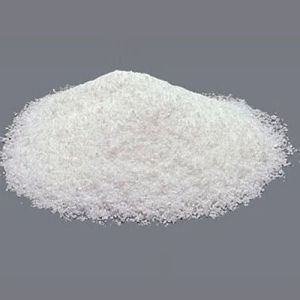
Borax Powder
65 - 160 Per Kilogram
100 Kilograms (MOQ)
Color : White
Form : Powder
Purity : 99%
Country of Origin : India
Packaging Size : 50 Kg
Packaging Type : Bag
...more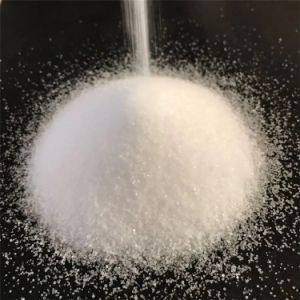
Borax
60 - 75 Per Kilogram
500 Kilogram (MOQ)
Packaging Type : Plastic Bags

Ammonium Sulphate
8 - 25 Per Kilogram
1000 Kilograms (MOQ)
Ammonium sulphate is one of the oldest of N and S-containing fertilizers, and is still popular around the world. Ammonium sulphate is mostly produced as a co-product of other industries. An estimated 70% of global output originates from the production of caprolactam, an intermediate for the manufacture of synthetic fibers. A small amount is recovered from coke oven gas, with most of the remainder produced synthetically from sulphuric acid and ammonia. The product is used directly or for blending with other fertilizers. Improvements in the ammonium sulphate formulation processes allow for increasing shares of larger-sized granular material, which is easy to handle and suitable for bulk blending. This has greatly increased application options and spreading performance. Ammonium sulphate is also popular in India in the manufacture of compound fertilizers, now deliberately being added to increase their S content. The main advantages of ammonium sulphate are low hygroscopicity and chemical stability. It is a good source of both N and S. Its use may be undesirable in acidic soils already in need of liming and when it is applied at nitrogen rates. Also, when applied as direct application as an N source, much more S is applied incidentally than is required by most crops. Ammonium sulphate now can be obtained as a granular material, which is easy to handle and suitable for bulk blending with other fertilizer materials. Segregation problems can occur in bulk blends when its product size is not well matched with those of N, P, and K materials. This difficulty can be minimized by carefully controlling uniformity and sizing of ammonium sulphate used in blends. It can also be used in clear liquids to make solutions of fertilizer containing N and S. Sulphur concentrations in solutions based on ammonium sulphate can vary from 1%-9%. In NPS blends formulated with ammonium sulphate, the usual S concentrations range from 1% to 3%.
...more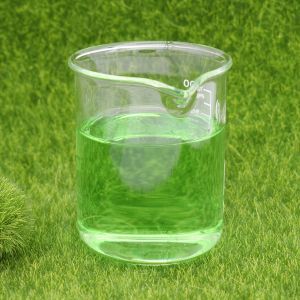
Micronutrient Liquid
10 - 50 Per Litre
250 Kilograms (MOQ)

Micronutrient Fertilizers
40 - 45 Per Kilogram
Country of Origin : India
Type : Micronutrient Fertilizers
Material : Micronutrient
Application : Agriculture,
Packaging Type : Plastic Bag
...moreOpening Hours